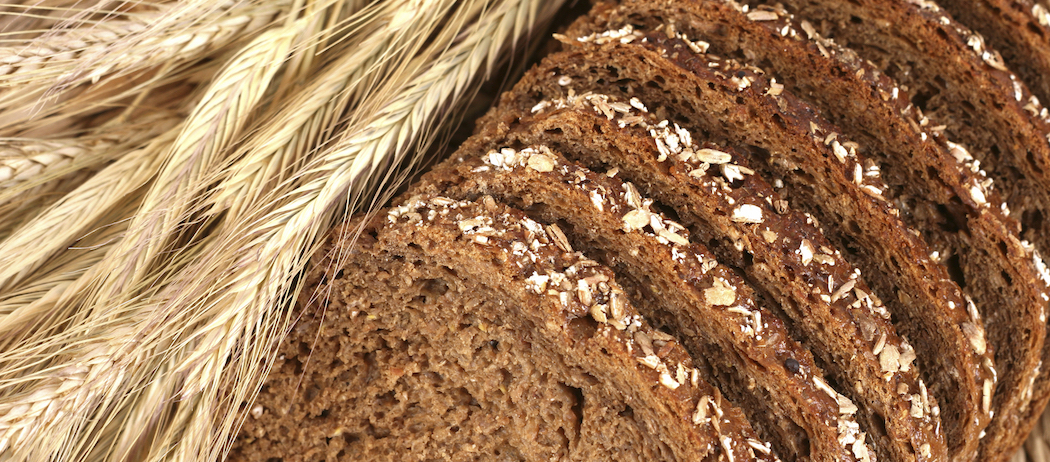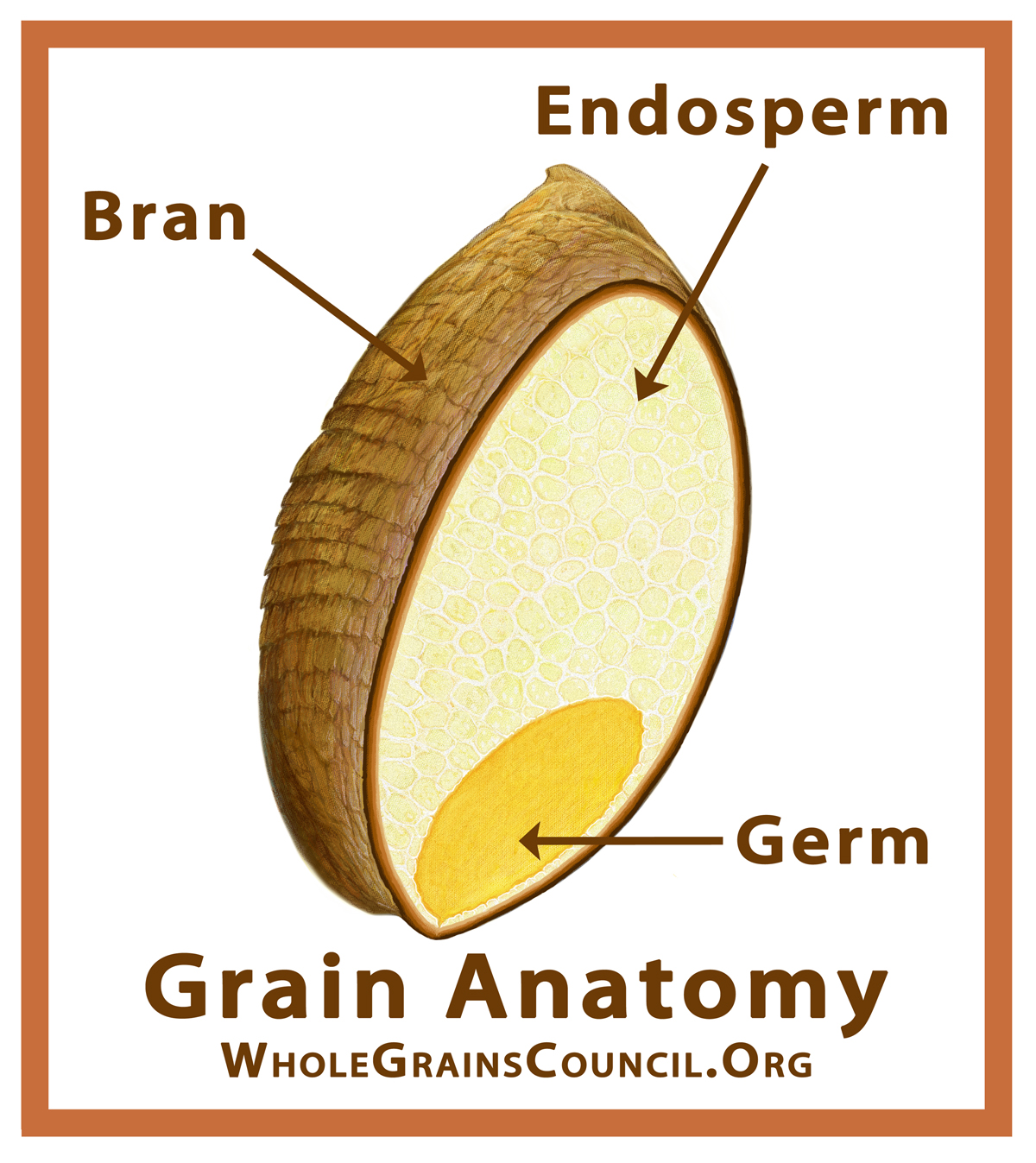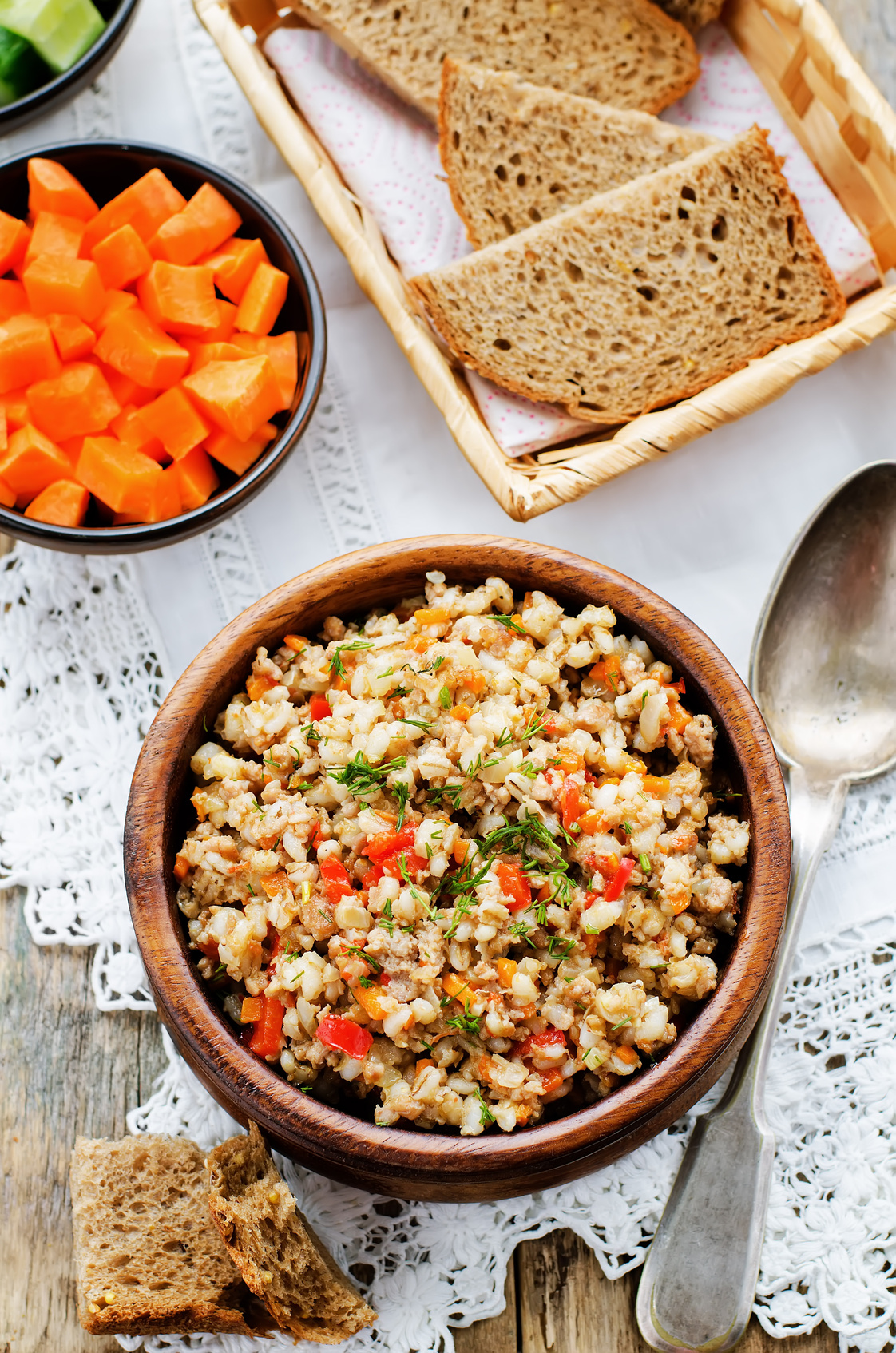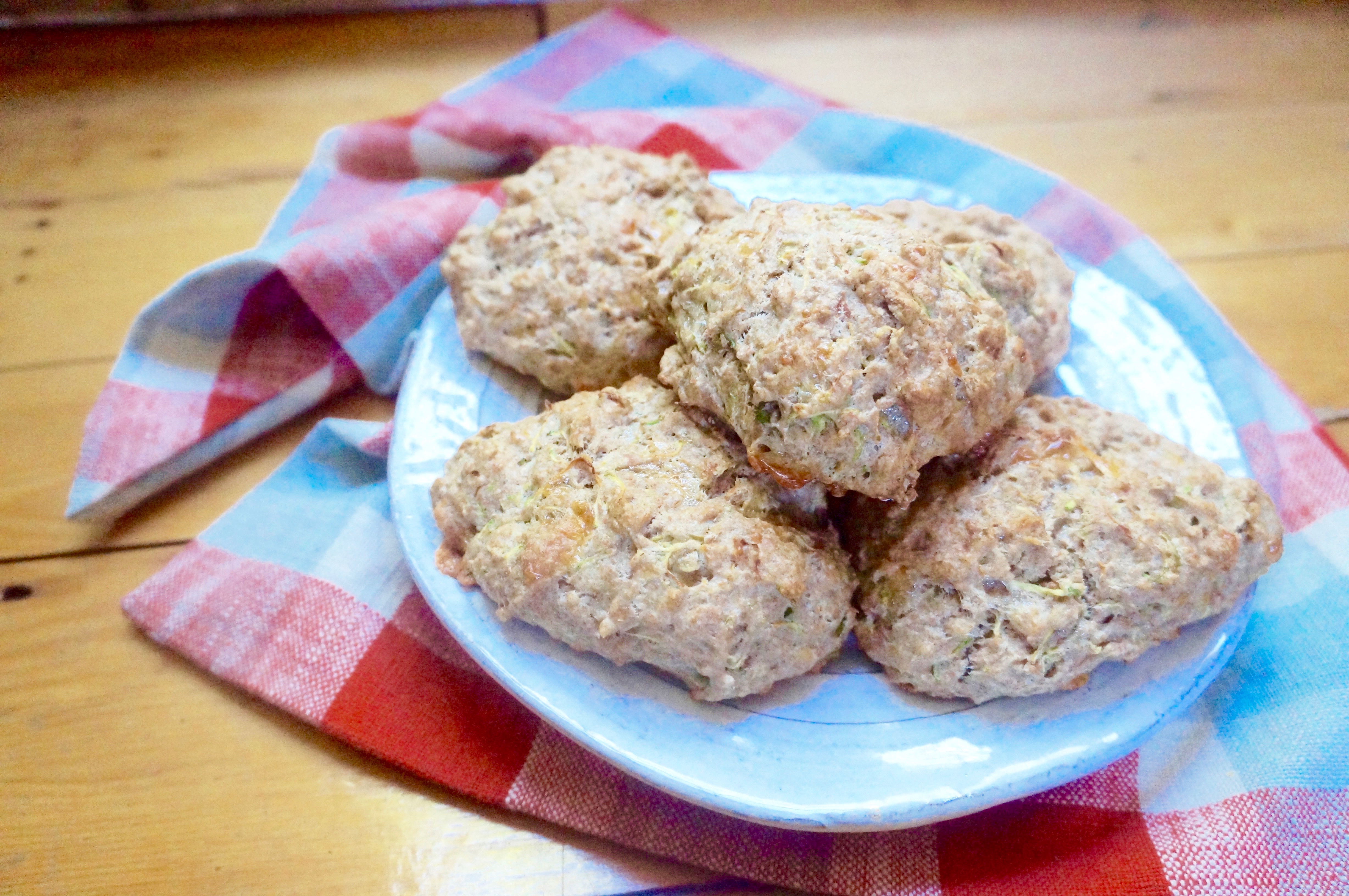Share This
This blog was originally published on US News & World Report’s Eat + Run blog. See the original post here.
Whether they appear in take-out salads and burrito bowls, or more recently on luxury food magazine covers and fine dining menus, whole grains like quinoa and farro are here to stay. But while chefs and trend-spotters fixate on the endless culinary and flavor possibilities of this versatile food group, nutrition researchers continue to give us plenty of reasons why whole grains are a necessary staple in any healthy pantry.
For decades, health experts have understood that the link between whole grains — grains that contain all of their original bran, germ and endosperm — and well-being is more than a half-baked idea. But making the swap from refined grains (like white rice or white bread) to whole grains actually makes a much bigger difference than you might think. In fact, two recently released, large research studies paint a promising picture for whole grains and longevity, and add to the heavy body of evidence supporting the health benefits of these little nutrient powerhouses.
Learn more about the new science linking whole grains with better health, and then get ready to celebrate Whole Grains Month in September with our Whole Grains Council! And for those of you interested in the foodservice side of things, check out our upcoming conference, titled Whole Grains Away from Home.
Eat Whole Grains, Live Longer
In one of the papers, a meta analysis published in Circulation, Harvard scientists analyzed the whole grain intake and rates of death for 786,076 adults across 14 studies. Compared to people who ate the least whole grains, people who ate the most whole grains had a 16 percent lower risk of death from all causes, an 18 percent lower risk of death from heart disease and a 12 percent lower risk of death from cancer. The researchers also observed a dose response relationship, meaning the more whole grains someone ate, the less likely they were to die during the study period.
In the other study, a meta analysis published in the British Medical Journal, researchers in Europe and the U.S. analyzed data from hundreds of thousands of people across 45 studies to better understand the relationship between whole grains and health. Compared to people who ate the least whole grains, people who ate the most whole grains had a 16 to 21 percent lower risk of heart disease, an 11 percent lower risk of cancer and an 18 percent lower risk of death from all causes, as well as a 19 percent lower risk of death from respiratory disease, a 36 percent lower risk of death from diabetes, a 20 percent lower risk of death from infectious disease and a 21 percent lower risk of death from all non-cardiovascular, non-cancer causes.
The researchers also found that a 90 gram increase in whole grain foods per day (about three servings) was linked with a 19 to 22 percent lower risk of heart disease, a 15 percent lower risk of cancer and a 17 percent lower risk of death from all causes. In fact, they concluded that “even moderate increases in whole grain intake could reduce the risk of premature mortality.”
Get Your Grains
From vegan to Paleo, nutrition experts agree that many of the world’s healthiest diets include plenty of whole grains. While opting for brown rice on your sushi or whole grain bread on your favorite sandwich might not seem like a drastic change when you’re trying to eat healthier, that’s just the beauty of it – it’s a simple swap that yields big results.
For more whole grain inspiration, try some of these simple, delicious whole grain recipes from Oldways and the Oldways Whole Grains Council:
- Quinoa, Black Bean, Corn, Tomato Salad, recipe here
- Chickpea Spinach Pasta Salad, recipe here
- Coconut Fish Curry with Mango and Sugar Snap Peas, recipe here
- Whole Grain Blueberry Muffins, recipe here
- Mediterranean Eggplant and Barley Salad, recipe here
For more recipes and whole grain facts, visit wholegrainscouncil.org.
Kelly Toups, RD, Whole Grains Council Program Director






Add a Comment